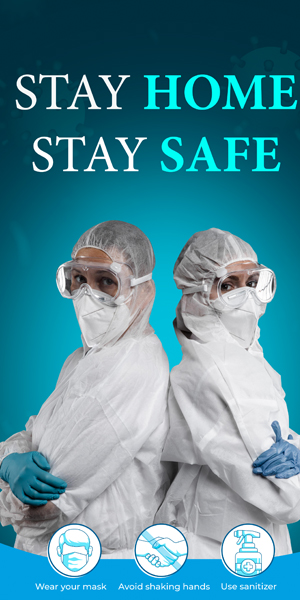Flat feet, also known as flat foot, is a common ailment in which the arches on the inside of the feet flatten when there is pressure on them. There is no need for therapy if you are not in pain. However, if the condition is giving you discomfort and limiting your activities, an expert assessment may be necessary.
Types and Symptoms of Flat Feet
Flat feet can cause issues whether they remain in childhood or emerge in age. The most prevalent symptom of flat feet is discomfort due to strained muscles and connecting ligaments. Flat feet might also result in unequal weight distribution. Hence, shoes may wear unevenly or more quickly than usual, particularly on one side.
The following are the four types a foot doctor in Singapore can diagnose in their patients.
FLEXIBLE
The most prevalent type in most patients is flexible flat feet. You can see the arches in the feet when they are not standing. However, the foot arch vanishes when they put weight on their feet. Flexible flat feet develop in childhood or adolescence, affect both feet and worsen with age. Tendons and ligaments in the arches of the feet can strain, rip, and enlarge.
RIGID
A person with rigid flat feet has no arches, whether they place weight on their feet or sit. Rigid flat feet usually appear during adolescence and worsens with age. The condition can cause pain to patients and make moving one or both feet side to side or flexing them up and down challenging.
FALLEN-ARCH
It is often adults that develop fallen-arch flat feet. This condition occurs when the arch of the foot descends or falls abruptly. The falling causes the foot to turn outward, which can be uncomfortable. The issue might only impact one foot. The most common cause is inflammation or a rupture in the leg tendon that supports the arch.
VERTICAL TALUS
Vertical talus is a birth condition that prevents arches from developing in children. The foot condition occurs when the talus bone in the ankle is out of place. A foot doctor in Singapore or abroad often refers to the condition as the rocker-bottom foot since the foot mimics the bottom of a rocker.
How to Manage Flat Feet
Many people with flat feet have no serious concerns and may not require treatment. Using insoles for flat feet is often enough to provide support and alleviate some symptoms. If you have foot pain, stiffness, or other problems, the foot doctor at a Singapore clinic may offer nonsurgical therapy. Surgery is seldom required to correct rigid flat feet or abnormalities with bones or tendons.
The treatment options provided by specialists include:
- Non-Steroidal Anti-inflammatory Drugs – Reduces inflammation and discomfort. Doctors often recommend pairing it with rest and ice.
- Physiotherapy – It strengthens tight tendons and muscles, enhancing flexibility and mobility.
- Assistive Equipment – Foot orthotics, foot or leg braces, custom-made shoes and insoles for patients in Singapore and abroad are examples of assistive equipment.

East Coast Podiatry Centre (ECPC) is a foot and ankle specialist clinic that strives for excellence and specialises in various foot and ankle disorders, like flat feet. Their cutting-edge facilities provide both general care and sophisticated therapeutic practices. Visit ECPC’s website to learn more about the clinic and its services.








Leave a Reply